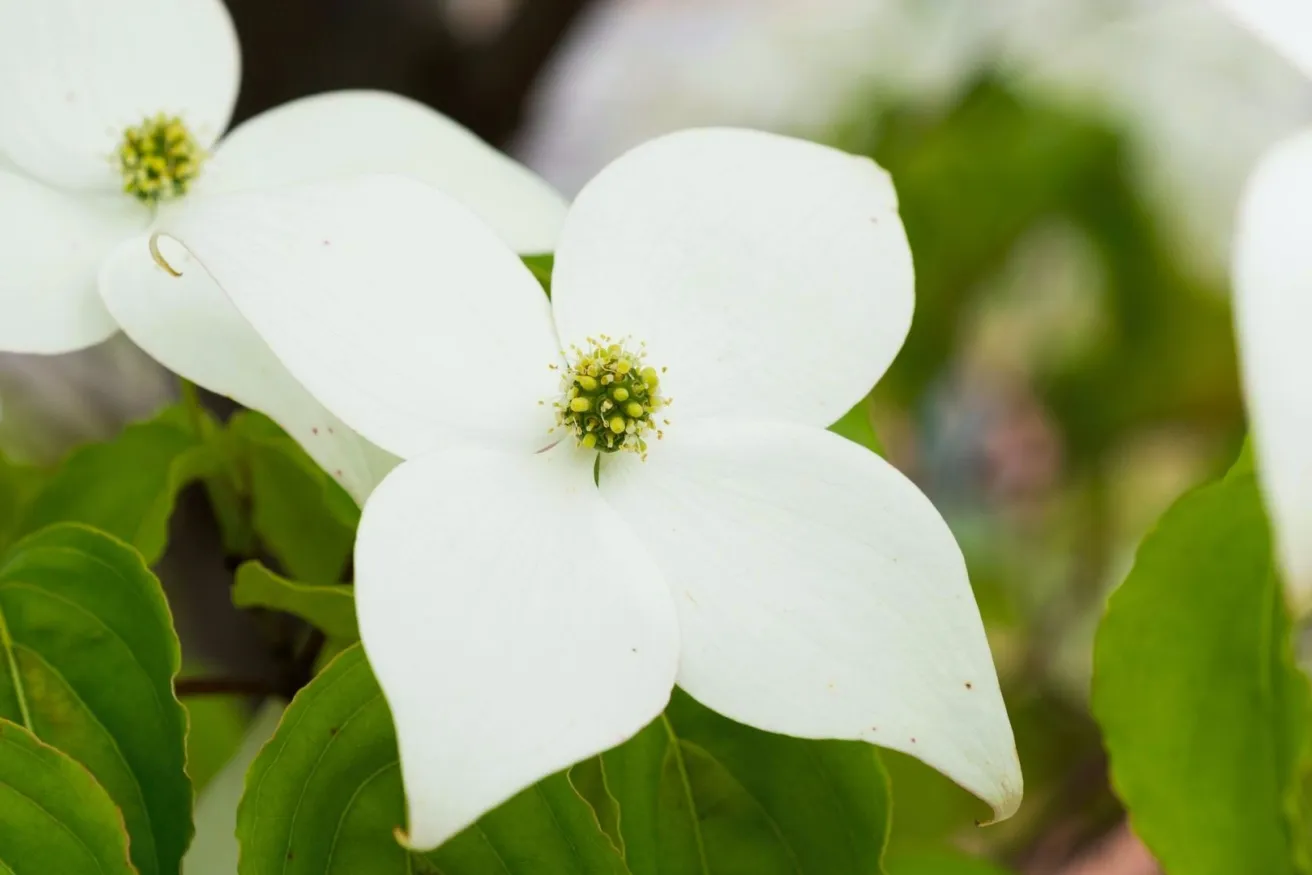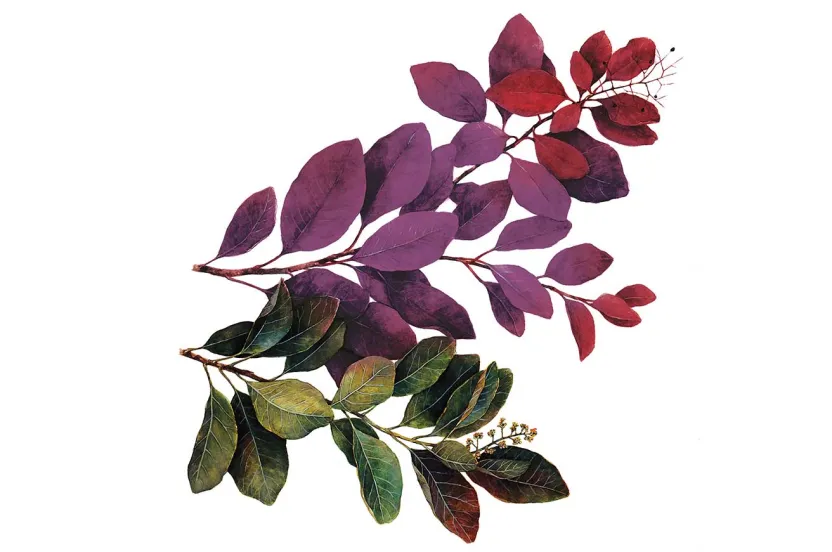Now live: The 2025 Canopy Report. Learn how Americans see trees. GET THE REPORT
Cornus kousa
Dogwood trees are well known for their delicate beauty in the landscape. Kousa dogwood not only meets the standard for attractiveness, it adds a hardiness that makes this species an excellent choice for home landscapes and urban areas.
This small tree makes its visual contribution year-round. In spring, it produces a heavenly array of star-like blooms. In summer, its intriguing canopy of layered branches provides some shade as well as beauty. In autumn, it offers a spectacular display of bright red color. It also produces berry-like fruits that are an attractive oddity edible to both humans and wildlife (though much preferred by the latter). Even in winter, this tree has an appeal all its own, not only in its stratified branch pattern, but in its bark that resembles a puzzle or camouflage.
Kousa dogwood is a native of Japan, China, Vietnam, Laos, and other eastern Asia countries. When planted with its popular American cousin, flowering dogwood, it has the pleasant habit of blooming, about the time flowering dogwood ends, and it retains its blossoms much longer. It also has strong, spreading branches and can survive the stresses of urban life. On top of all else, kousa is proving to be more resistant to diseases and insects than flowering dogwood, and may be better suited for growth at both the colder and hotter extremes of the native’s planting zones.
Read Which Small Trees will Work for your Yard
What’s in a Name
If you look for meaning in tree names, when it comes to the name “kousa” not much is found. Kousa is simply the Japanese word for dogwood and has been applied both as the scientific and common names of the species. The name dogwood is a bit more interesting. It derives from “dag” wood and the unpleasant use of the very hard wood for primitive weapons.
Eventually, botanists gave the genus the scientific name, Cornus, from the Latin cornu, again reflecting on the hard character of its wood, or a pointy horn or point. It is rather a grizzly name derivation for such a lovely tree.
Other common names sometimes applied to this species include Chinese dogwood, Japanese dogwood, Japanese flowering dogwood, and Japanese strawberry tree.
In the landscape
When selected carefully, a non-native species like kousa dogwood can add variety to the landscape and sometimes stand up better against pests that may trouble native species. It’s more cold hardy and disease resistant than the flowering dogwood, and somewhat drought resistant (hardiness zones 5-8). It’s slow-growing and reaches up to 25 feet at maturity, making it short enough to be planted under power lines.
In spring, it produces a heavenly array of star-like blooms. The white “petals” aren’t actually petals at all, they are modified leaves called bracts that surround the small, greenish-yellow, insignificant flowers.
In winter, this tree has an appeal all its own with bark that resembles a jigsaw puzzle. Note: to prevent bark damage, use mulch around base of the tree. Dogwood trees are often victims of lawnmower or weed cutter damage to the trunk.




